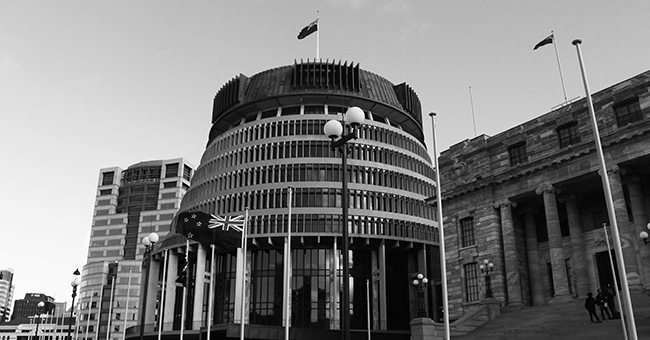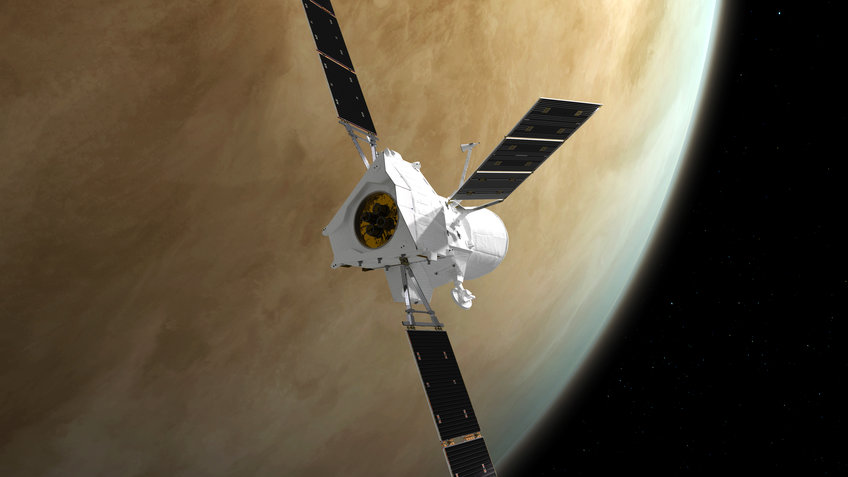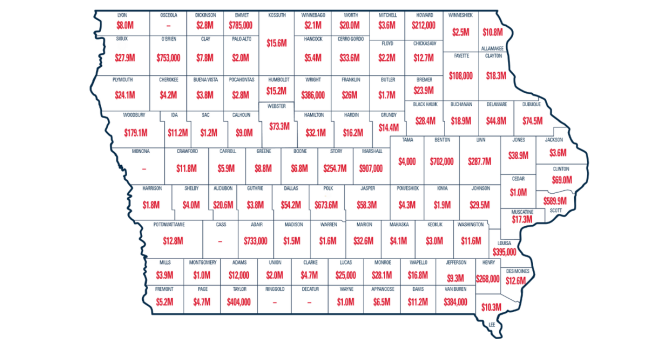In an international collaboration between the University of South Australia Business School, the Hunter Foundation Research Centre at the University of Newcastle and George Mason University in the Washington, DC researchers have pinpointed which Australian cities are most vulnerable to economic disruptions caused directly by the impacts of the COVID-19 pandemic.
Cities on the list are regional and largely dependent on industries such as tourism, hospitality and oil and gas mining.
Using an economic vulnerability index (EVI) devised to identify those communities that are likely to see the largest and most immediate negative effects on local economic activity and labour markets, the researchers believe leaders can use the results to better plan immediate support initiatives.
Executive dean of the UniSA Business School, Professor Andrew Beer says the EVI is specifically designed to identify localities where economic output and jobs are concentrated in particular industry sectors.
“Our examination of market indicators in the earliest days of this unfolding calamity, suggested that the sectors most likely to feel the first economic effects include hospitality and leisure, transportation, employment services (agencies), travel arrangements and oil and gas mining,” Prof Beer says.
“The work conducted by UniSA data analyst, Jacob Irving examined the relative concentration of these sectors in communities across the nation, revealing which communities are heavily exposed to job losses in these sectors.
“The results show that several of our communities are heavily exposed to multiple vulnerable sectors,” Irving says, “compounding the impacts of unemployment and loss of trade.”
Specialist researcher in Australian regional cities at George Mason University in the US, Professor Terry Clower, says it is not just the presence of vulnerable industries in these communities, it’s also a matter of overall economic diversity.
“Communities whose economy is dominated by just a couple of sectors, have little to fall back on when their key industries experience disruption,” Prof Clower says.
“Therefore, we’ve designed the EVI with data items that look at the proportion of total jobs in the local economy that are part-time as well as the nature of jobs in the region. This means we have a much clearer picture of the compound impacts.”
Based on the EVI, the communities most vulnerable to the immediate economic effects of the COVID-19 pandemic include Chinchilla, Karratha and Airlie Beach-Cannonvale.
The cities that are comparatively resilient to this economic threat include Kyabram, Biloela, and Port Hedland, though the research team cautions that circumstances and vulnerabilities are changing.
Most vulnerable cities include:
Chinchilla, Karratha, Airlie Beach-Cannonvale, Sale, Roma, Gladstone, Byron Bay, Lakes Entrance, Tannum Sands-Boyne Isand, and Cairns.
Least vulnerable are:
Kyabram, Biloela, Port Hedland, Naracoorte, Leeton, Griffith, Forbes, Mount Isa, Emerald and Gratton.
“The EVI is not a measure of absolute vulnerability,” Prof Beer says.
“We need to be clear; this pandemic will affect every city and town in Australia and those impacts may change over the period of this crisis.
“Keeping up with economic impacts under rapidly changing conditions is particularly challenging, and many of these places have also felt the impact of Australia’s summer of bush fires.
“But there are ways places that are at risk can respond to these challenging times, Mayors, state governments and business leaders should be looking at ways to develop new markets and new industries, closely related to their existing strengths ,as part of a more diversified, but still globally competitive, industry base.
“For places like Roma, this might be in logistics, while Chinchilla could further develop its strength in agriculture. “Lakes Entrance and Cairns need to plan now how they can hit the ground running when first local, and then international tourism starts to open up.
“One of our many challenges in developing an index to assess economic vulnerability to COVID-19 that is useful for policymakers and planners, is the speed at which the economic ground is shifting under our feet.
“Therefore, today’s release of the EVI is really version 1.0 and our team is already working on assessing how the index will need to be adapted as the economic effects of the pandemic continue to spread across the economy.”
To find the full list of cities and towns included in our analysis, please visit us at one of the following websites:








